NASA's Hubble Space Telescope snaps BIZARRE jellyfish Galaxy
Hubble Space Telescope has captured a strange ‘jellyfish galaxy' which is 600 million light-years away from Earth.
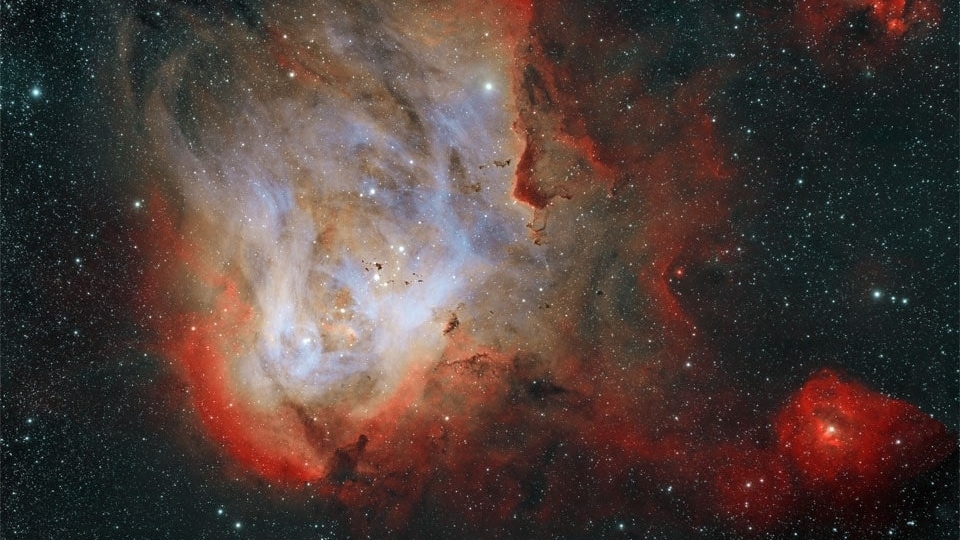
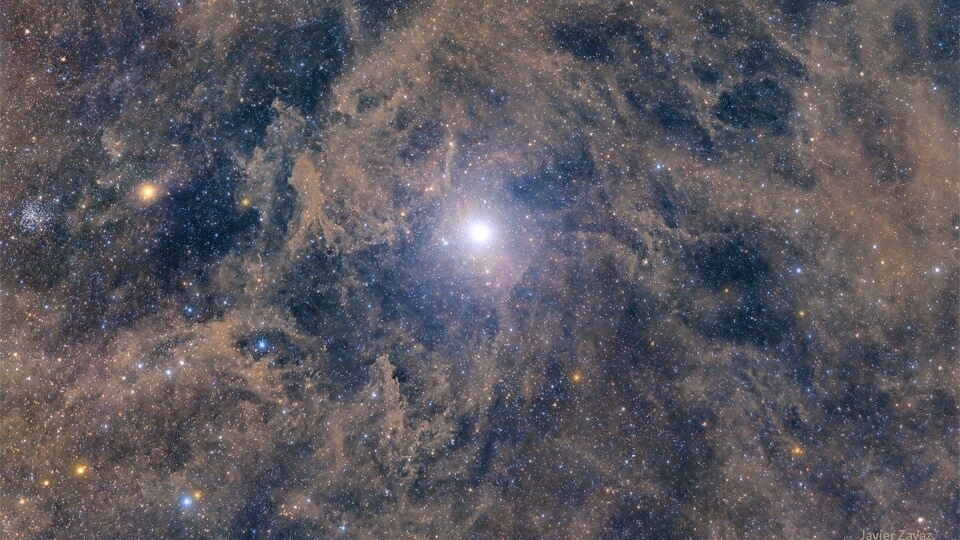

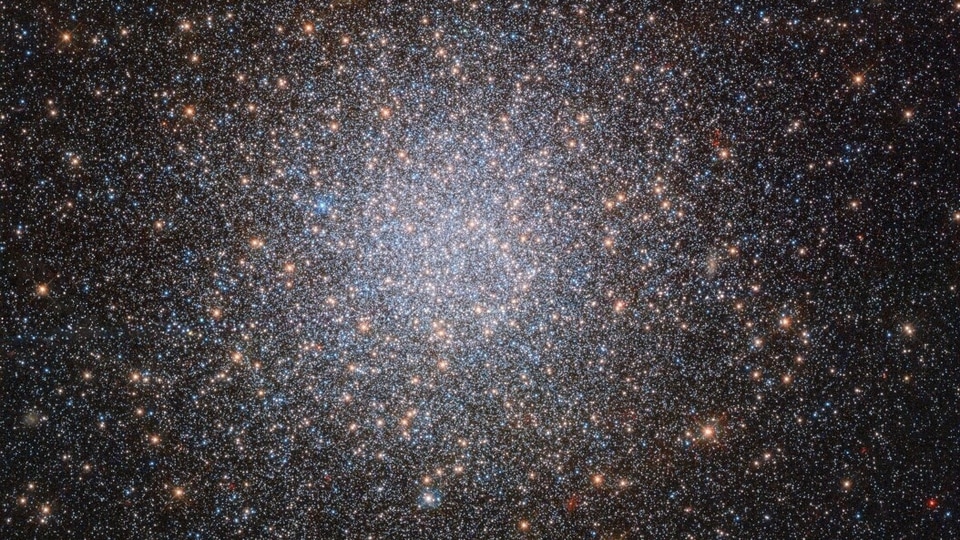
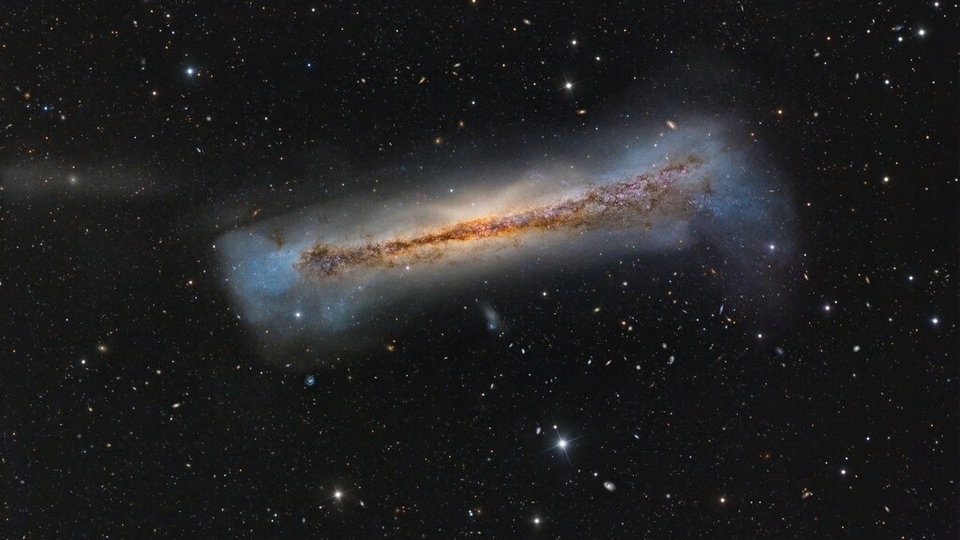
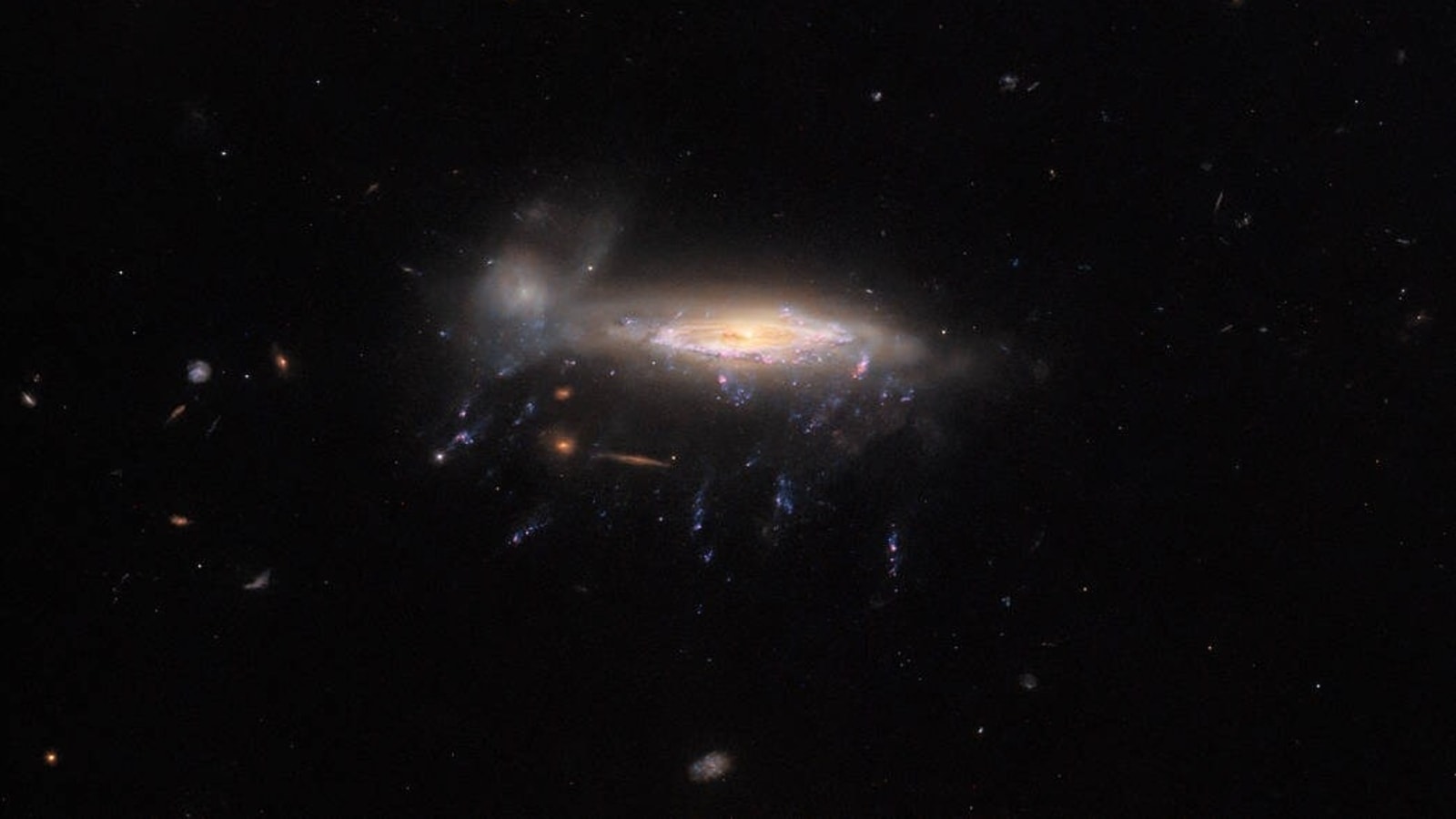
 View all Images
View all ImagesNASA's Hubble Space Telescope was launched and deployed by the space shuttle Discovery back in 1990. Surprisingly, NASA says that Hubble Telescope was designed to last roughly 15 years but it is still active and unravelling mysteries of space, galaxies, black holes, nebulae, and more. Now, the Hubble Telescope has captured the bizarre Galaxy JO204, which looks like a 'jellyfish'.
This is actually called as a ‘jellyfish galaxy' which gets its name due to the bright tendrils of gas that appear in this image. Hubble observed Galaxy JO204 as part of a survey performed with the intention of better understanding star formation under extreme conditions.
About the 'jellyfish' galaxy
Located in the Sextans constellation, the jellyfish galaxy is positioned nearly 600 million light-years from Earth. The ethereal tendrils of gas present beneath JO204 may look like the tentacles of jellyfish, but they are actually the result of the astronomical phenomenon called ram pressure stripping. Ram pressure is a specific type of pressure that affects a body when it moves in relation to a fluid, NASA explained.
NASA further said, "An intuitive example is the sensation of pressure you experience when you are standing in an intense gust of wind – the wind is a moving fluid, and your body feels pressure from it." Expanding on this comparison, it can be said that although your body will stay intact and cohesive, objects that are more loosely connected - such as clothing and hair - will flutter in the breeze. This is the same case with the jellyfish galaxies.
The reason for the ram pressure stripping phenomenon is the motion of galaxies through the intergalactic medium that fills the gaps between galaxies within a galaxy cluster. Due to this movement, galaxies are subjected to high pressure which results in the stripping away of their loosely-bound gas. This gas primarily comprises the colder and denser gas present in the galaxy. The ram pressure compresses and agitates this gas, causing it to contract and form fresh stars that can be observed as the striking tendrils of a jellyfish.
Catch all the Latest Tech News, Mobile News, Laptop News, Gaming news, Wearables News , How To News, also keep up with us on Whatsapp channel,Twitter, Facebook, Google News, and Instagram. For our latest videos, subscribe to our YouTube channel.





























